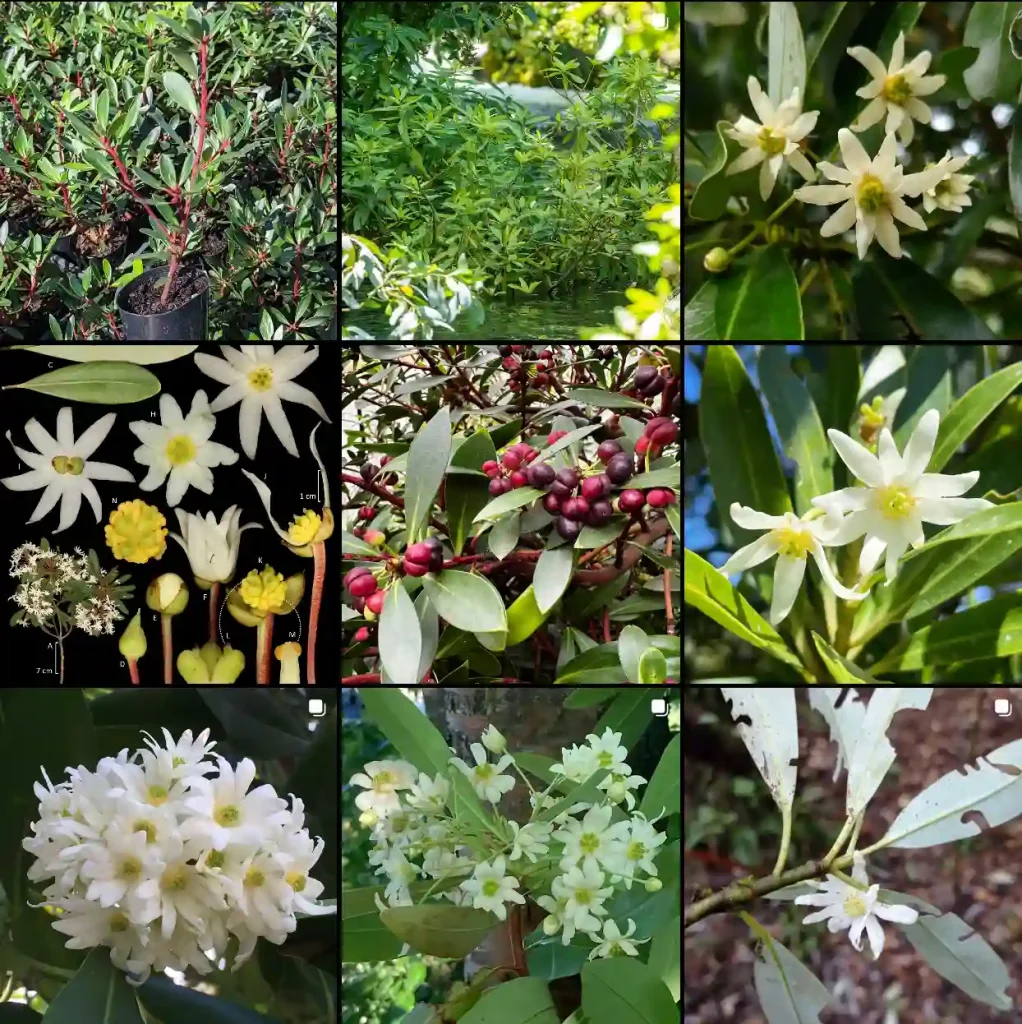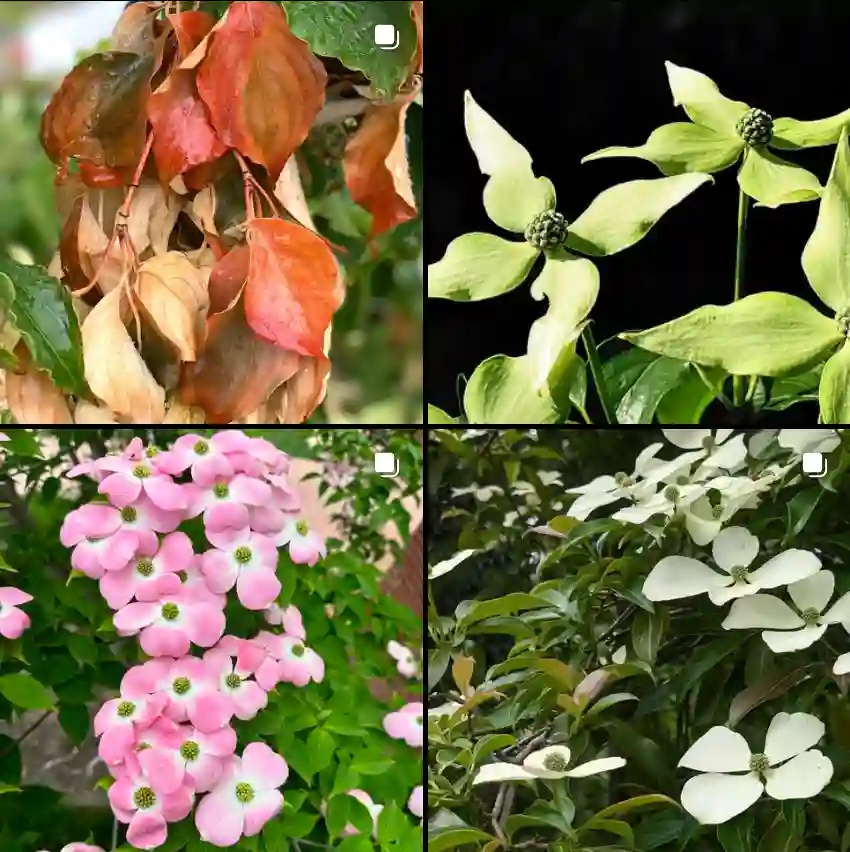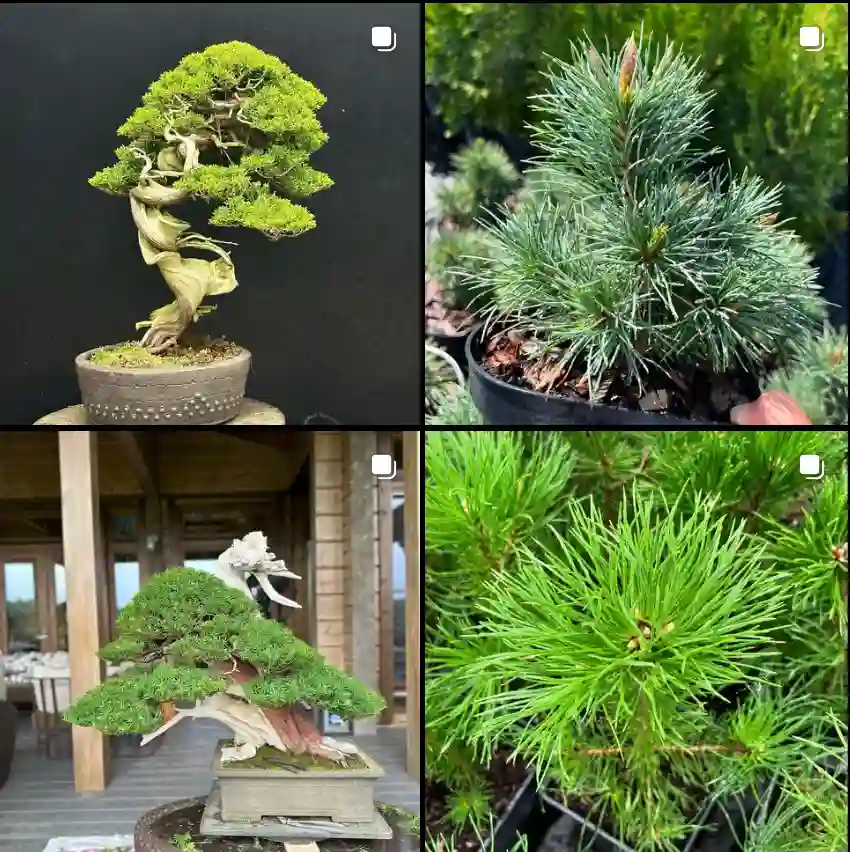September 4 – Zenobia
"Zenobia, the honeycup, represents September 4."
Zenobia symbolizes sweetness and protection. You create a comforting environment, shielding loved ones with care. Like its fragrant blooms, you are a source of warmth.
Exploring the Unique Charm of Zenobia pulverulenta
The first time I encountered Zenobia pulverulenta, also known as dusty Zenobia or honey-cup, I was immediately drawn to its distinct features. As a gardener who enjoys working with plants that bring diversity to the landscape, I find this southeastern North American native a fascinating addition, especially for its resilience and its ability to bring a delicate beauty to otherwise harsh environments. Let’s explore what makes Zenobia pulverulenta such a special shrub, from its botanical traits to its practical uses in the garden.
What Makes Zenobia pulverulenta Unique?
Zenobia pulverulenta belongs to the family Ericaceae, making it a relative of azaleas, blueberries, and rhododendrons. However, Zenobia stands out for several reasons. It’s a deciduous shrub, typically reaching 3 to 6 feet in height, although in ideal conditions, it can grow slightly taller. Its characteristic feature, as the name suggests, is the light powdery or “dusty” coating on the leaves, giving it a silvery or blue-green appearance that shifts slightly in different lighting.
Its blooms are another key attraction. Each spring, Zenobia produces clusters of bell-shaped flowers that range from pure white to a faint bluish hue, resembling tiny porcelain bells. The flowers are mildly fragrant, adding a subtle charm to any garden, and their waxy texture helps them stand up to varying weather conditions. But it’s not just the aesthetic appeal that draws me to Zenobia—it’s also the plant’s resilience and adaptability, which make it a perfect fit for challenging garden spots.
Planting Zenobia pulverulenta: Ideal Conditions
Zenobia pulverulenta naturally thrives in boggy or moist soils, often found in pine barrens or along stream edges. When planning to integrate Zenobia into a garden setting, replicating these moist, acidic conditions is crucial for optimal growth. While it can tolerate drier spots once established, providing consistent moisture will bring out the best in this plant.
One of my first considerations was the soil type. Zenobia pulverulenta prefers acidic, peaty soils, which is in line with other members of the Ericaceae family. If your garden soil is more alkaline, you may want to amend it with peat moss or use an acidifying fertilizer to support healthy growth. In terms of sunlight, Zenobia does well in full sun to partial shade. I’ve found that partial shade often works best, especially in warmer climates, as too much direct sunlight can lead to leaf scorch.
Seasonal Interest and Maintenance
One of Zenobia’s most appealing qualities is its seasonal versatility. In spring, the blooms create a refreshing contrast against the foliage. By fall, the leaves transform into shades of red, orange, and sometimes even purple, adding a surprising burst of color. I appreciate plants that provide more than one season of interest, and Zenobia certainly delivers.
In terms of maintenance, Zenobia pulverulenta is relatively low-maintenance, requiring little pruning. I generally prune it only to maintain shape or remove any dead branches, usually after the flowering season. Because it’s naturally pest-resistant, I haven’t encountered issues with insects or diseases, making it an easy-care option for various landscapes.
Zenobia pulverulenta’s Role in Garden Design
I’ve found Zenobia pulverulenta to be a versatile component in garden design, whether as a specimen shrub, a part of a mixed shrub border, or in naturalized areas. Its soft, powdery leaves create a beautiful contrast to glossy evergreens or darker-leaved shrubs. Personally, I enjoy pairing Zenobia with native grasses, ferns, and wildflowers to enhance its natural appeal.
If you’re looking for a shrub that can handle wetter soils, Zenobia is an excellent option. I use it in lower-lying areas of the garden where drainage can be an issue for other plants. Its adaptability to such conditions makes it a reliable choice for rain gardens or boggy areas. In a setting where many other shrubs would fail, Zenobia’s roots hold steady, and the plant even seems to thrive, adding both texture and floral interest.
Ecological Benefits of Zenobia pulverulenta
Beyond its ornamental value, Zenobia pulverulenta plays an important role in supporting local ecosystems. Its flowers attract pollinators, particularly native bees and certain butterflies, making it a great plant for a pollinator-friendly garden. Given its native status in the southeastern U.S., Zenobia offers a level of resilience that non-native species often lack, better supporting local wildlife.
Additionally, Zenobia can help manage soil erosion in moist or boggy areas, stabilizing soil with its root system. When planning gardens in areas susceptible to flooding or heavy rains, I often rely on native shrubs like Zenobia to reduce erosion and create natural water absorption points.
My Final Thoughts on Zenobia pulverulenta
For anyone looking to add a unique, low-maintenance shrub to their garden, Zenobia pulverulenta is a fantastic choice. Its combination of elegant flowers, striking foliage, and seasonal color changes make it a valuable addition to a diverse garden. With a little care and attention to soil conditions, Zenobia rewards with a year-round display and attracts beneficial pollinators, adding ecological as well as aesthetic value.
In the end, Zenobia pulverulenta is a reminder that resilience and beauty can coexist. It’s a plant that not only survives but thrives in challenging environments, bringing a subtle charm and ecological value to the garden. For anyone, like myself, who values plants with a strong sense of place and purpose, Zenobia pulverulenta is truly a gem worth cherishing.
If i die, water my plants!



